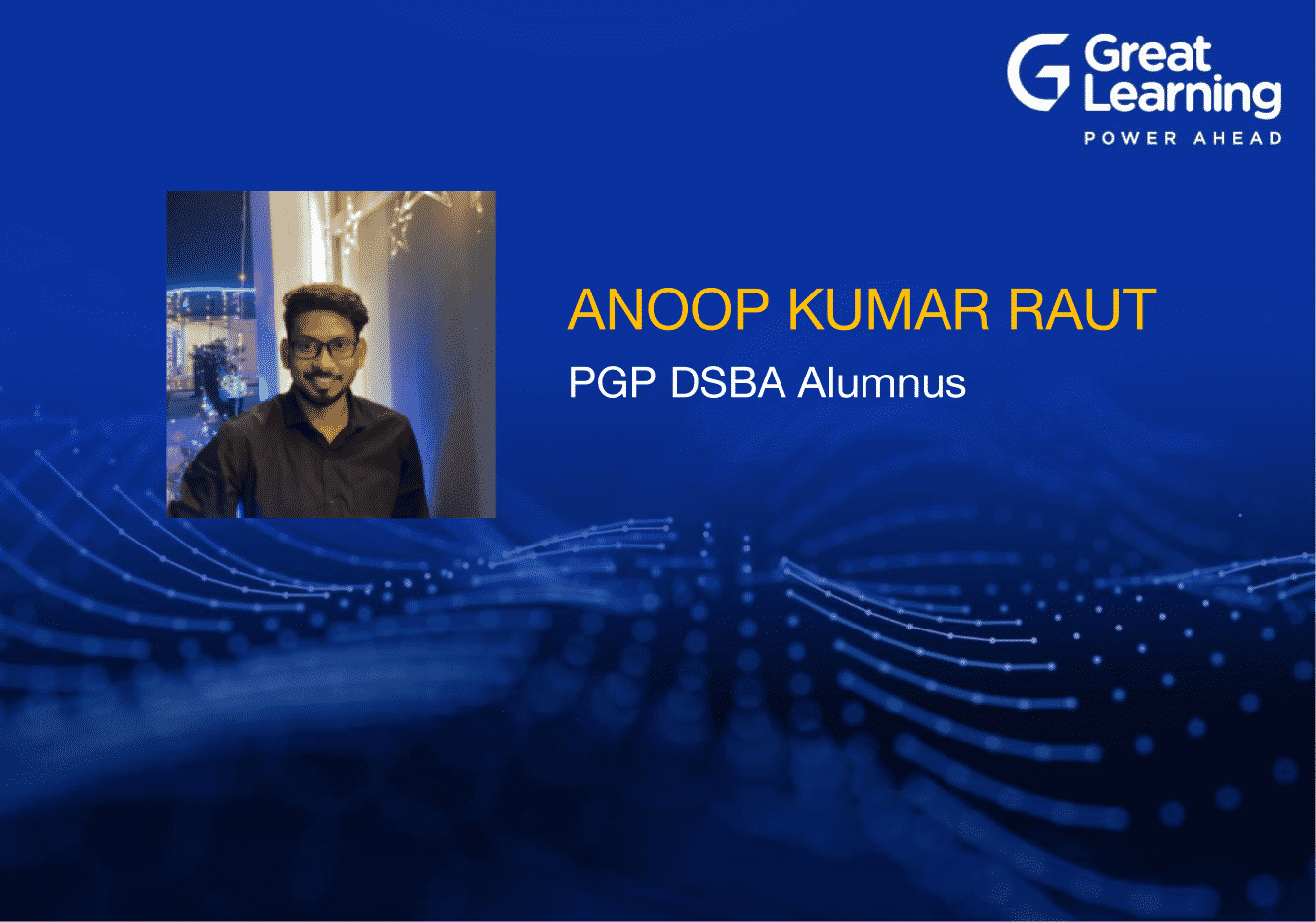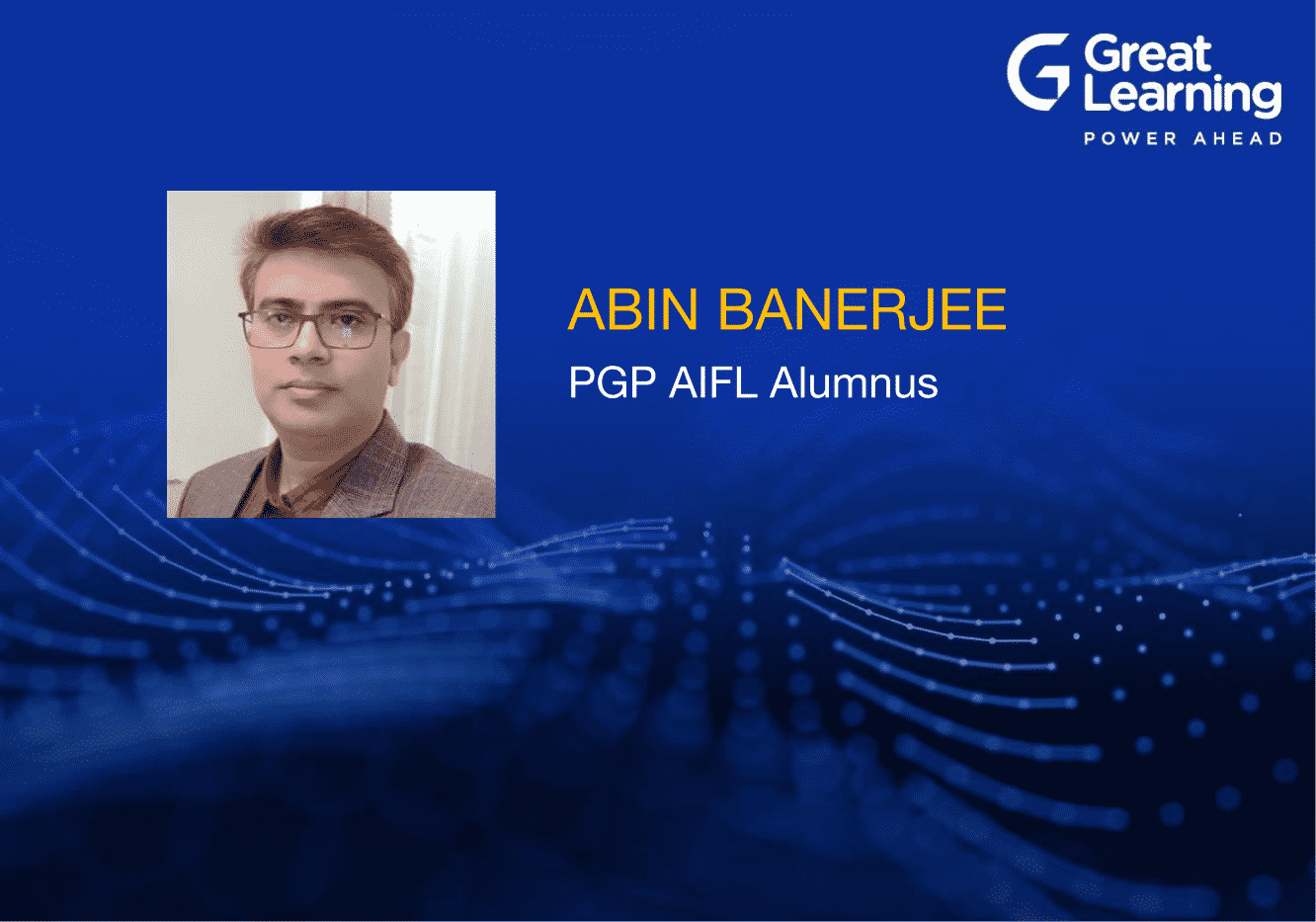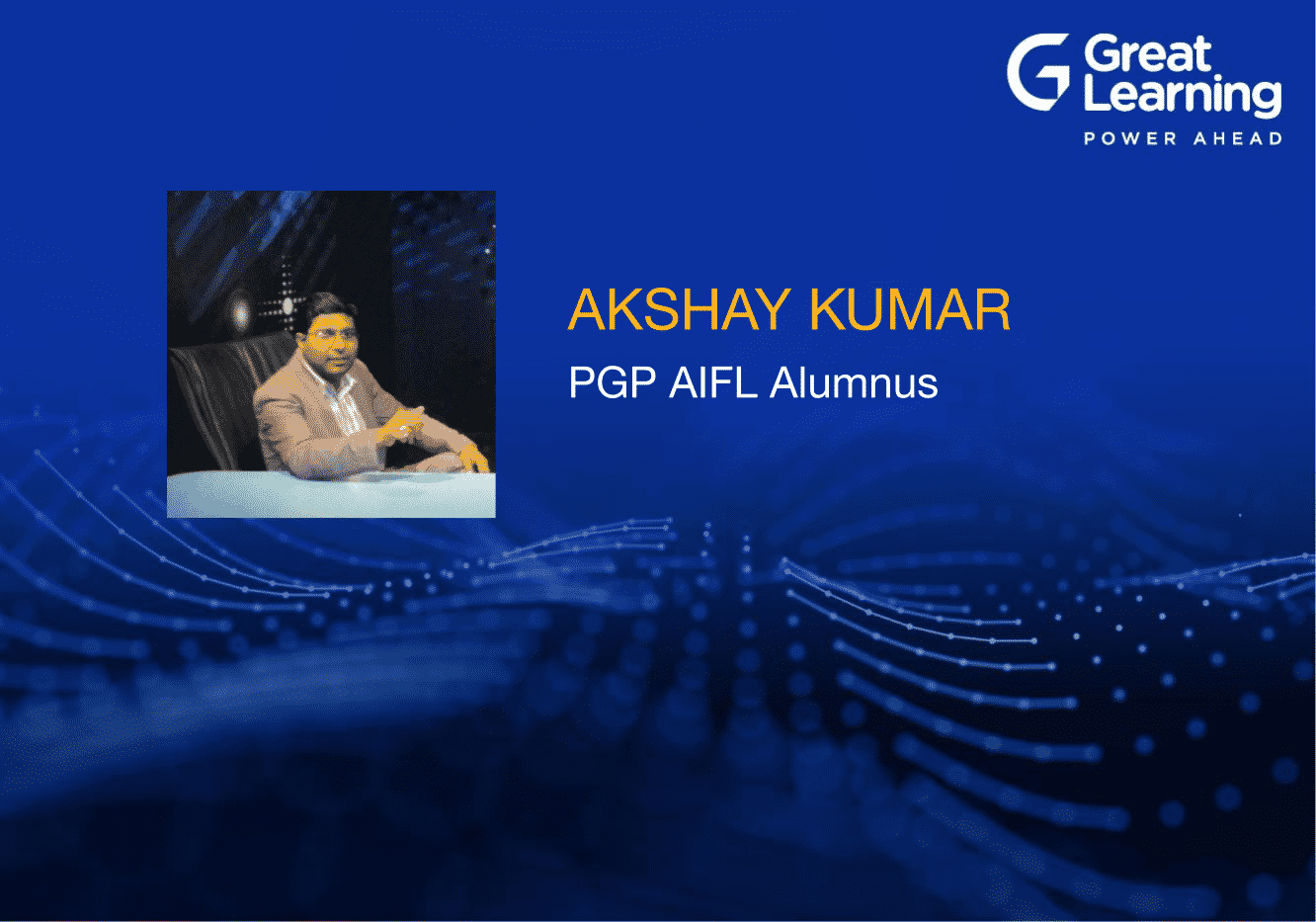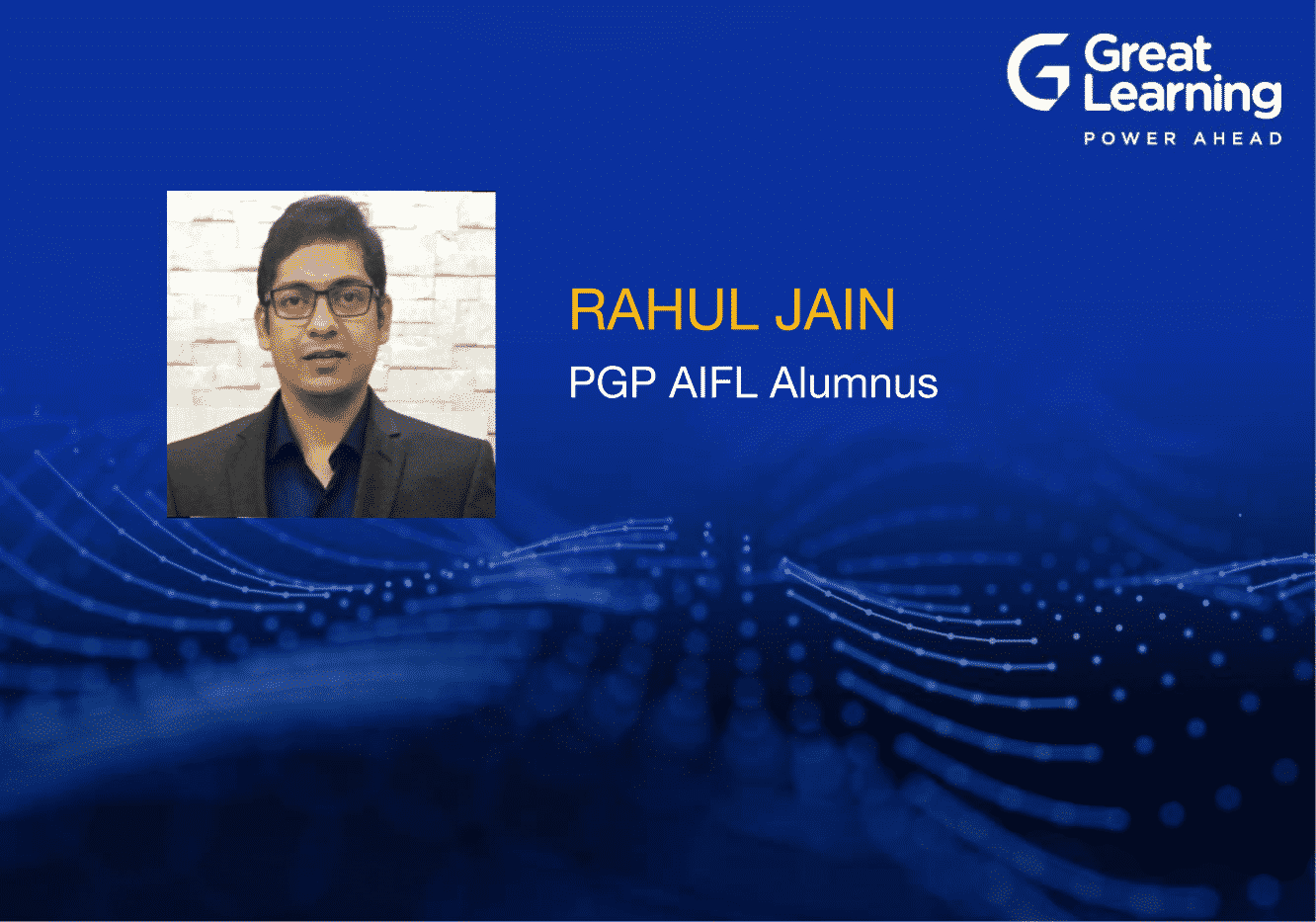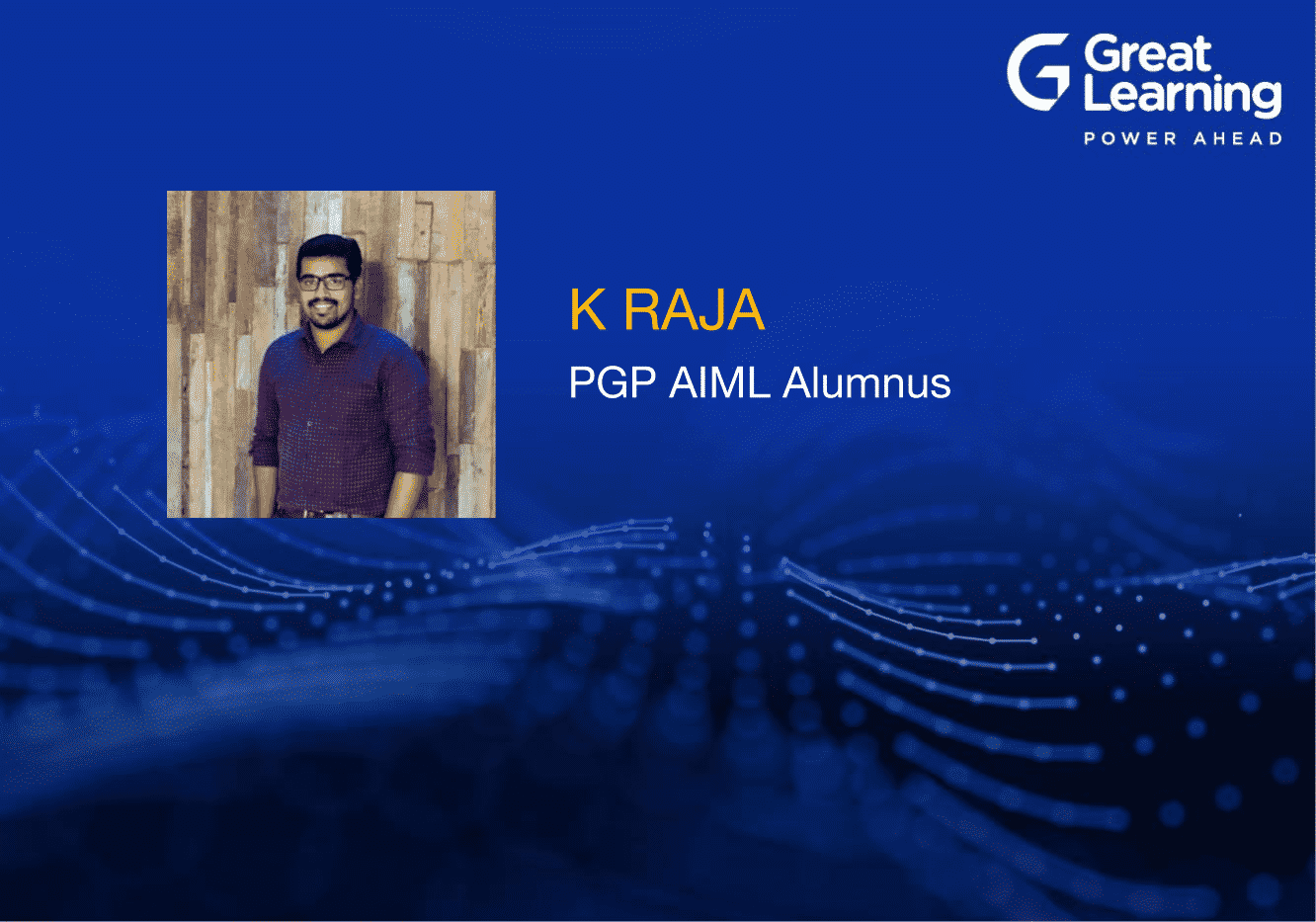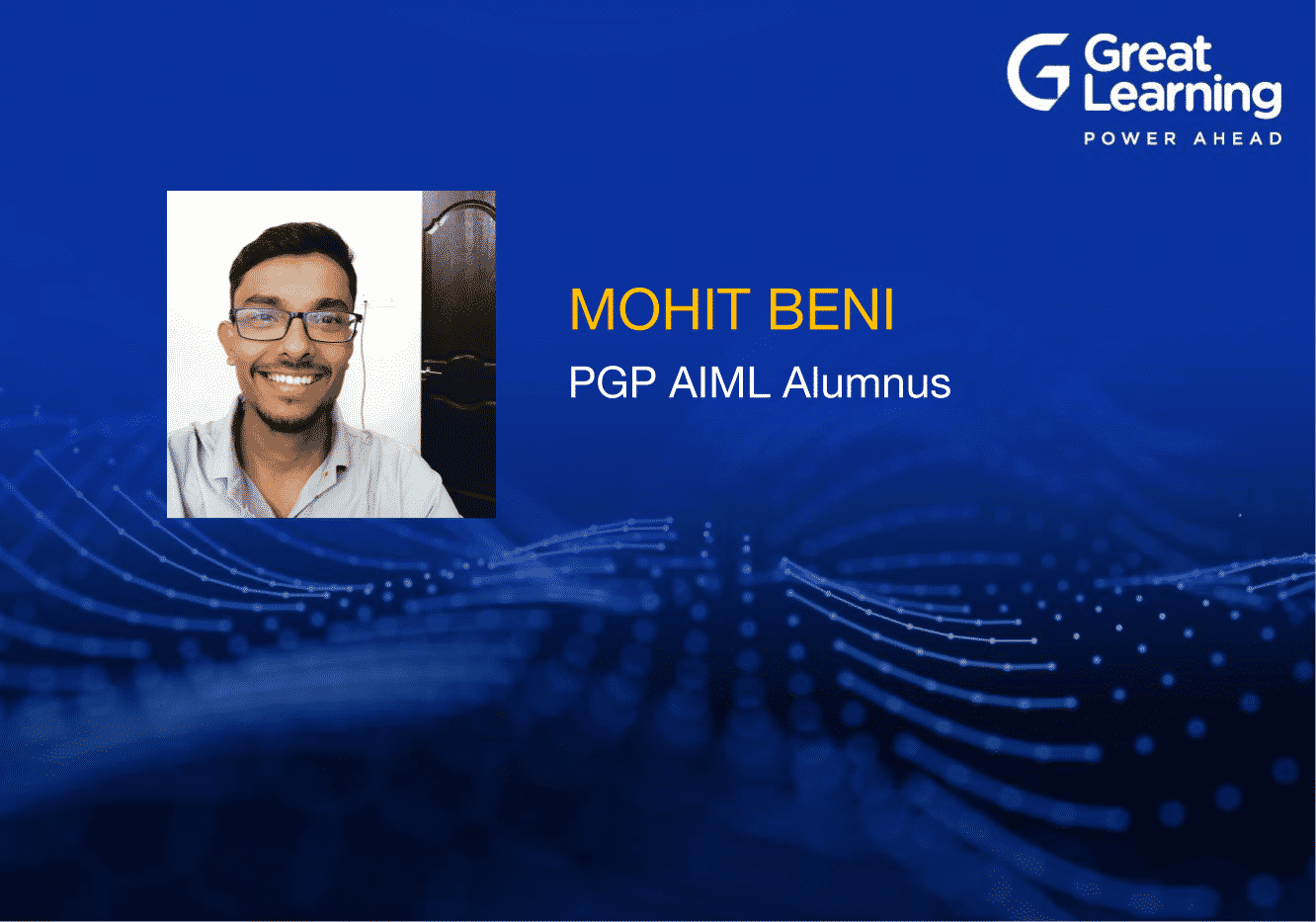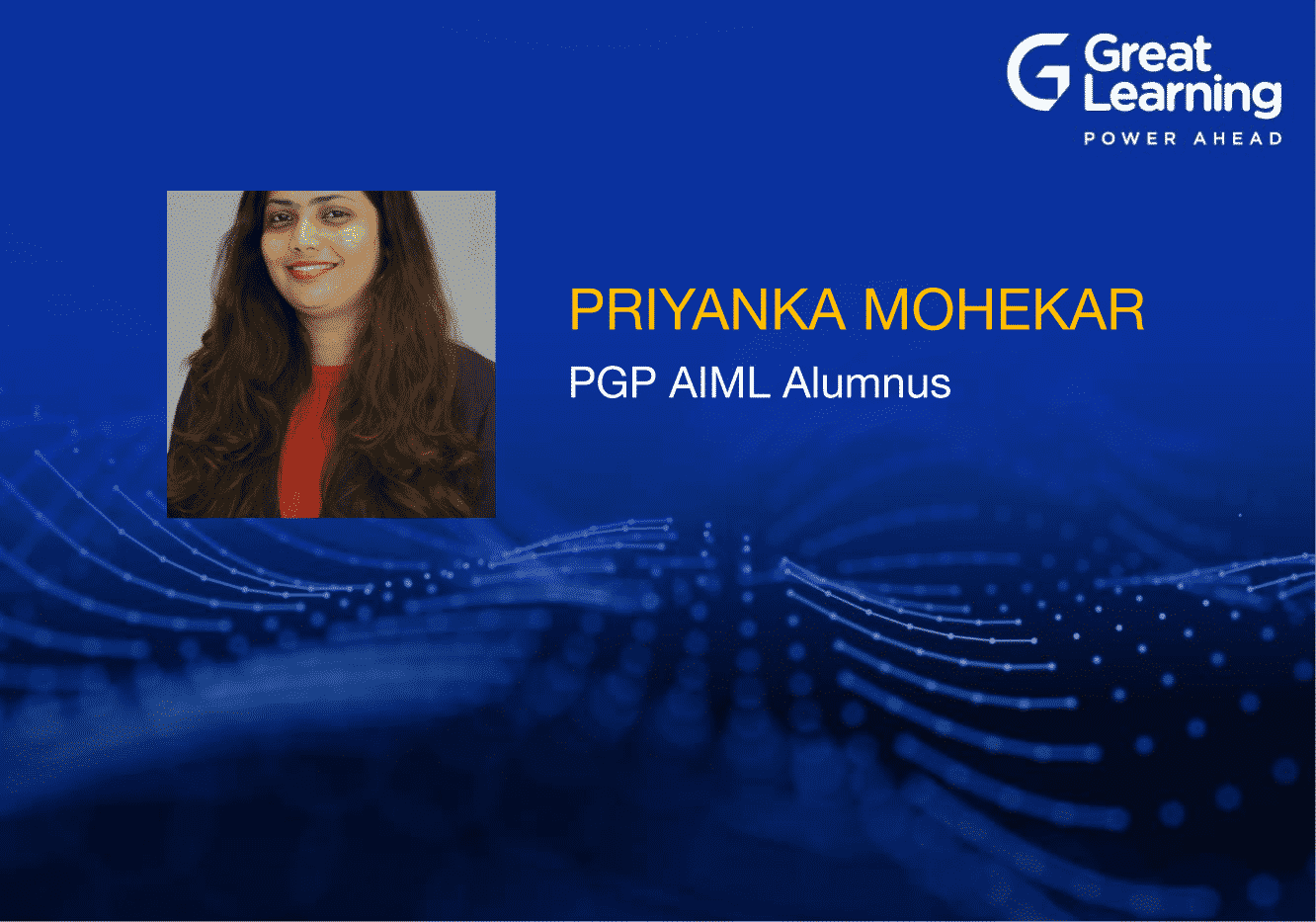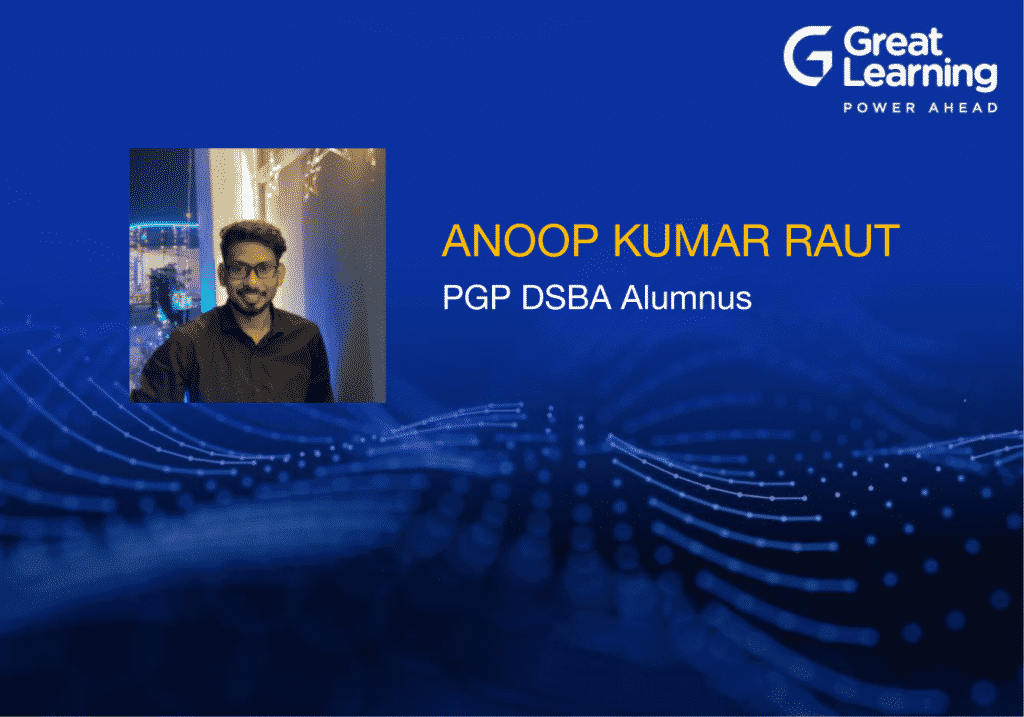
Hi data enthusiasts, let me introduce myself; I am Anoop Raut. I am presently facility-in-charge of one of the research labs under the dome of a central research facility in IIT Kanpur; this one primarily caters to research requirements in the specialized area of materials science. With a background in Mechanical Engineering, I have been engaged in different areas of academic and scientific research for many years.
Currently, I'm surrounded by big machines which are meant for breaking metals into bones to see how strong they are and how long they can sustain. Before that, I worked on the effect of biofuels on the emissions by aircraft engine's combustor that is dumping out in the environment; and also on how smoke, fire, and heat will transmit from one room to another, how much it will affect the people, object and living environment if in case a fire is caught in a multi-story building.
One thing generally common among them is that they all produce experimental data in every size and shape. The data is usually used to derive meaningful insights through basic plots. But it always made me wonder what more could be done with it until I got to know about data science and machine learning. The same data can become a treasure if it can be used to make new predictions, which is why data science and machine learning are developed. Sooner or later, people from all the streams will use the data science methods to juice out the data from their respective fields to produce meaningful insights and predictive models.
I started this course during the covid-19 lockdown; during that period, I was going through a personal emotional disbalance that I wanted to convert into something meaningful, so I then decided what better could be than learning something new I was curious about for so long. Being from a non-IT background, I was too scared to start and skeptical about my own capabilities. But, once I started, I started loving it. I never missed a single mentoring session, and my questions reflected my curiosity.
Despite many difficulties throughout the journey, I still managed to score 12th on the leaderboard, which could have even been better ranked if I had been less self-doubt in the first few months. I also ranked top 25th among 200 participants in one of the hackathons organized by great learning. Now being confident in my knowledge, I am aiming to try my hands in competitions on Kaggle.
The best part of this course was the mentor sessions. These sessions are the real torchlight of the entire learning journey. My mentors, Mr. Kalyan Raman and Mr. Deepak Raman, were great teachers who put their efforts into explaining the concepts at whatever limit possible. They also put their energies into patiently clearing all our endless doubts during those sessions. I have sincere respect for Mr. Kalyan Raman for always taking us to dive deep into the topic in every session. These mentors are not regular faculty members but real data science practitioners in their business domain.
Hence, the mentoring session not only brushes up the learnings you accumulate from the recorded lectures but also has industrial insights on how data science is applied in reality in the professional world. Additionally, the industry sessions by other mentors like Mr. Animesh Tiwari were fabulous; all those sessions reflected how the knowledge is translated into solutions to business problems getting solved using data science. Honestly, we used to crave more for such sessions, and now our craving leads us to listen and read more about the methods and implications from different practitioners contributing towards the community on other platforms.
We were also introduced to a no-code data science practice using KNIME, a graphic language; this reminded me of another such language known as LabVIEW, used for automation and data acquisition. This simply explains that DS and ML are not about coding but more about problem-solving in business practices. The other best part of the course was the learners' group, which made the session enjoyable with their input and questions.
I had great groupmates like Senthil, Sourav, Pradeep, Deeksha, and others, with whom the sessions were pleasant, and the learning curve went smoothly. Then come to the project submissions and final capstone, which lead you to practice your learnings in a serious manner. If one seriously puts their efforts into these projects, it gives a great investment return in terms of knowledge.
The best way to learn well is to be consistent with your learning. Trust me; data science is fun if you think like a problem solver. It is not just about applying some codes and machine learning models. Instead, it is more about why and how you do what you do. The diversity or the exciting part about data science is that if you wish to be a great data scientist, you have to read and understand different fields while solving the problem from that field. It opens your horizon of knowledge and makes you realize that you cannot solve every problem by seeing it through the same glasses instead of a different glass for each situation.
One additional myth I wanna break here which bothered me like many people. I feel I am a creative person and believe in perfectionism till my capacity allows it. I had a misconception that creativity and perfectionism are not the words to be associated with data science, but I was wrong. My belief that creativity and perfectionism have their own shine was strengthened after seeing beautiful data insights on Tableau public, innovative problem solutions of different competitions on Kaggle, and finally, the talks and discussions by various data scientists over many platforms. Now I understand how important it is for a sustainable ecosystem because even codes can be differentiated as messy or beautiful depending on how they are written. Data science is not just about coding and predictions, but it is more about making your data speak out the secrets that your busy eyes miss seeing.
After completing the PGP Data Science and Business Analytics Course, I have presently decided to contribute something to the scientific community by utilizing these learned skills before making any transition to the business domain. I teamed up with a few Ph.D. scholars to turn their regular research problems into data science problems. I am sure that everyone can relate to this idea that after learning these skills, everyone gets a spiderman tingle of turning any problem into a data science problem; because with great power of data comes the great responsibility of prediction of the unknown. If a hero can be shaped from the clay of an ordinary person, then anyone can also become a data scientist if they are curious and patient enough to deal with any kind of data.
